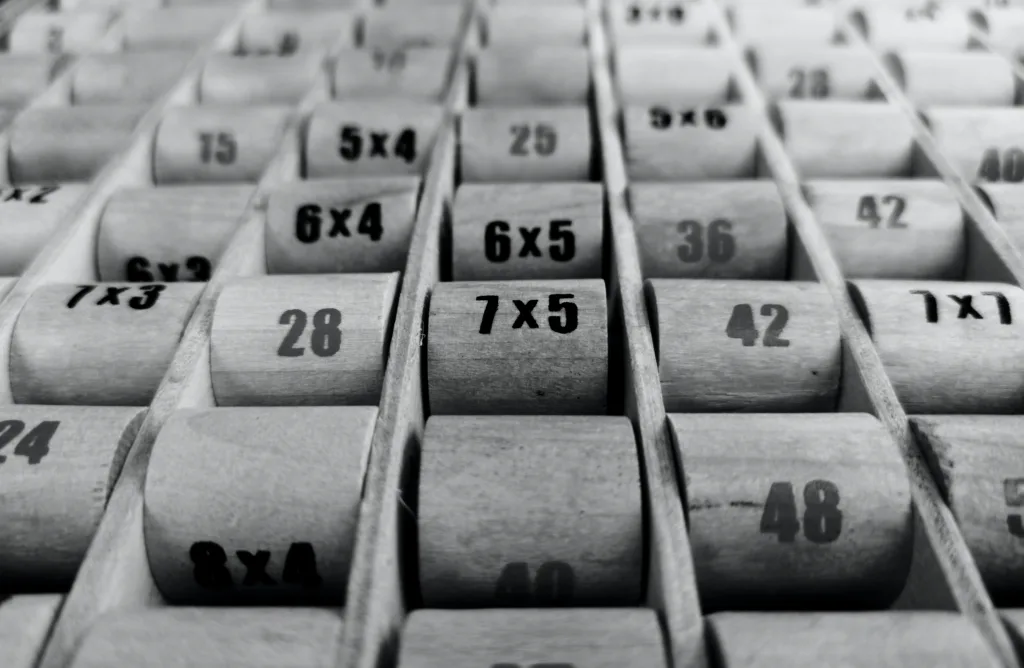A factor pair is a set of two numbers that, when multiplied together, result in a given number. In other words, factor pairs are the numbers that can be multiplied to obtain a specific product. Understanding factor pairs is crucial in various mathematical concepts, such as prime factorization, finding common factors, and simplifying fractions.
To find the factor pairs of a number, you need to determine all the possible combinations of two numbers that multiply to give the desired number. For example, let’s consider the number 12. The factor pairs of 12 are (1, 12), (2, 6), (3, 4), and (4, 3). As you can see, each factor pair consists of two numbers that, when multiplied together, give the product of 12.
It’s important to note that factor pairs can be positive or negative. However, in most cases, when discussing factor pairs, we consider only the positive pairs. For instance, in the case of 12, the negative factor pairs would be (-1, -12), (-2, -6), (-3, -4), and (-4, -3).
Factor pairs are not limited to specific numbers. They exist for all whole numbers, including prime numbers and composite numbers. Prime numbers, however, have limited factor pairs since they only have two factors: 1 and the number itself. Composite numbers, on the other hand, have more factor pairs since they have multiple factors.
Understanding factor pairs is particularly useful in prime factorization, where you break down a number into its prime factors. By finding the factor pairs of a number and simplifying them to their prime factors, you can effectively express the number as a product of prime numbers.
Factor pairs are also helpful in finding common factors between two or more numbers. By identifying the common factor pairs, you can determine the greatest common factor (GCF) or the least common multiple (LCM) of the given numbers. This knowledge is essential in various mathematical operations, such as simplifying fractions, solving equations, and working with fractions and decimals.
Factor pairs are the set of two numbers that, when multiplied together, result in a given number. They play a significant role in various mathematical concepts, such as prime factorization, finding common factors, and simplifying fractions. Understanding factor pairs allows us to break down numbers into their prime factors and find common factors between multiple numbers. By grasping the concept of factor pairs, you can enhance your mathematical skills and solve complex problems more efficiently.
What Is Factor Pair Of 12?
The factor pairs of 12 are pairs of numbers that, when multiplied together, result in a product of 12. These factor pairs include:
– 1 and 12: 1 x 12 = 12
– 2 and 6: 2 x 6 = 12
– 3 and 4: 3 x 4 = 12
– 4 and 3: 4 x 3 = 12
These are the four distinct factor pairs of 12.

What Is A Factor Pair Of 24?
A factor pair of 24 refers to two numbers that can be multiplied together to give a product of 24. In the case of 24, its factor pairs are the numbers that, when multiplied, equal 24. These factor pairs are (1, 24), (2, 12), (3, 8), and (4, 6).
Is 2 And 12 A Factor Pair?
2 and 12 are not a factor pair. The factor pair of a number refers to two numbers that, when multiplied together, give the original number as the product. In this case, the factor pair of 12 would be 1 and 12, as multiplying them together gives 12.
Conclusion
Factor pairs are the pairs of numbers that when multiplied together, result in a given number. In the case of the number 12, the factor pairs are 1 and 12, 2 and 6, and 3 and 4. These pairs can also be reversed, such as 12 and 1, 6 and 2, and 4 and 3. It is important to note that factor pairs are always positive, as they represent the numbers that can evenly divide the given number. By identifying and understanding factor pairs, we can gain insights into the factors and divisibility of a number, which can be helpful in various mathematical calculations and problem-solving.
